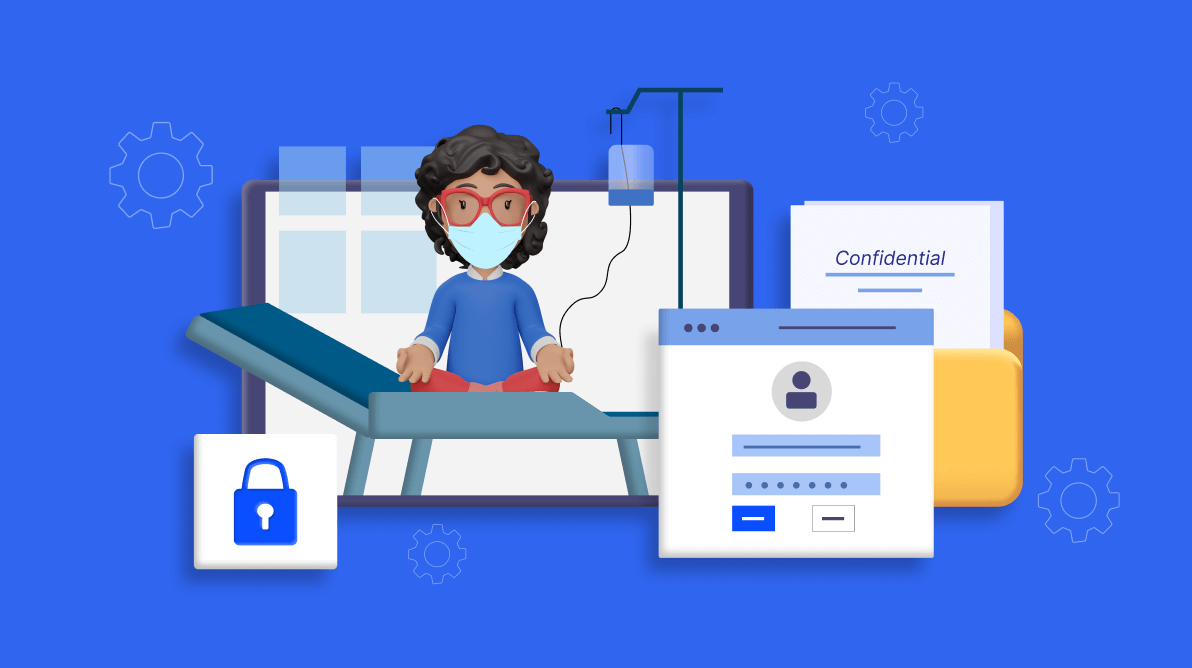In the evolving landscape of digital health, the importance of maintaining patient privacy and the security of health information cannot be overstated. The Health Insurance Portability and Accountability Act (HIPAA) sets the standard for protecting sensitive patient data in the United States. As healthcare providers and related businesses increasingly adopt technology solutions to manage and process health information, understanding HIPAA’s implications is crucial. With Syncfusion’s BoldSign now being HIPAA compliant, we want to dig a bit into what that means. This post will discuss HIPAA’s relevance and how Syncfusion, a provider of cutting-edge software components, aligns with HIPAA compliance to ensure that their health-related clients can maintain the confidentiality, integrity, and availability of protected health information (PHI).
Understanding HIPAA
HIPAA was enacted in 1996 with the primary goal of protecting the privacy and security of PHI. The act has two main rules that are particularly relevant to software providers and developers: the Privacy Rule and the Security Rule. The Privacy Rule establishes national standards for the protection of PHI held by covered entities and their business associates, while the Security Rule sets standards for safeguarding electronic PHI (ePHI).
HIPAA’s impact on software solutions
Software used in the healthcare sector must be designed with HIPAA compliance in mind. This means implementing robust security measures, access controls, audit controls, integrity controls, and transmission security mechanisms to ensure that ePHI is not improperly altered or destroyed and is protected against unauthorized access during electronic transmission.
Syncfusion’s Commitment to Security
Syncfusion is committed to providing software solutions that meet the highest security standards, which is essential for clients handling ePHI. Although Syncfusion itself is not a HIPAA-covered entity, its products can be used as part of a larger HIPAA-compliant solution. Our BoldSign product is completely HIPAA-compliant and certified.
How Syncfusion Relates to HIPAA Compliance
Data Protection: Syncfusion offers a range of controls and frameworks that can be leveraged to build secure apps, with features that help developers protect data both at rest and in transit.
Access Control: Syncfusion’s BoldSign can be integrated with secure authentication and authorization practices, ensuring that only authorized personnel can access sensitive information within apps.
Audit Trails: Implementing Syncfusion’s BoldSign can aid in developing systems that keep comprehensive logs of user activity, which is a key aspect of tracking access and changes to ePHI.
Encryption: Syncfusion’s libraries support encryption techniques that can be used to encrypt ePHI, reducing the risk of data breaches and ensuring data is unreadable to unauthorized individuals.
Customization: Since every healthcare organization has unique needs, Syncfusion’s flexible components can be tailored to meet the specific requirements of a HIPAA-compliant software environment.
Conclusion
While Syncfusion’s BoldSign can be used in the development of HIPAA-compliant software, it is ultimately the responsibility of the covered entity or its business associates to ensure that the final implementation complies with HIPAA regulations. By understanding the features and capabilities of Syncfusion’s product offerings, organizations can better design applications that safeguard patient data and adhere to the stringent requirements of HIPAA.
Sign up for a free trial of BoldSign today and see how it can help you streamline your eSignature process. No credit card is required to sign up for a free trial. With this free account, you can test all the BoldSign’s features –Explore all eSignature Features – BoldSign.
Related blogs
- Why Security Matters to Syncfusion and its Customers
- Log4j Vulnerability- A Giant Security Threat
- Shield Your ASP.NET MVC Web Applications with Content Security Policy (CSP)
- Top 5 Best Practices for Angular App Security
- Integrating eSignature Solution into your ASP.NET Core app using BoldSign APIs



